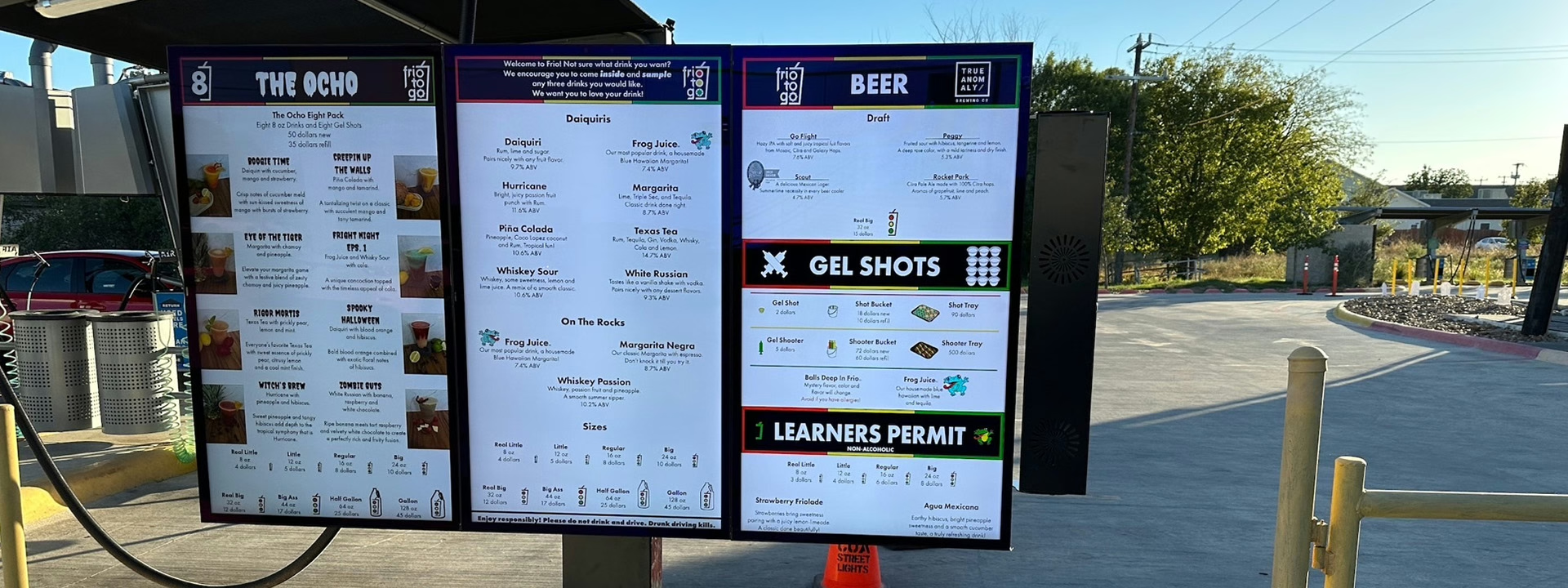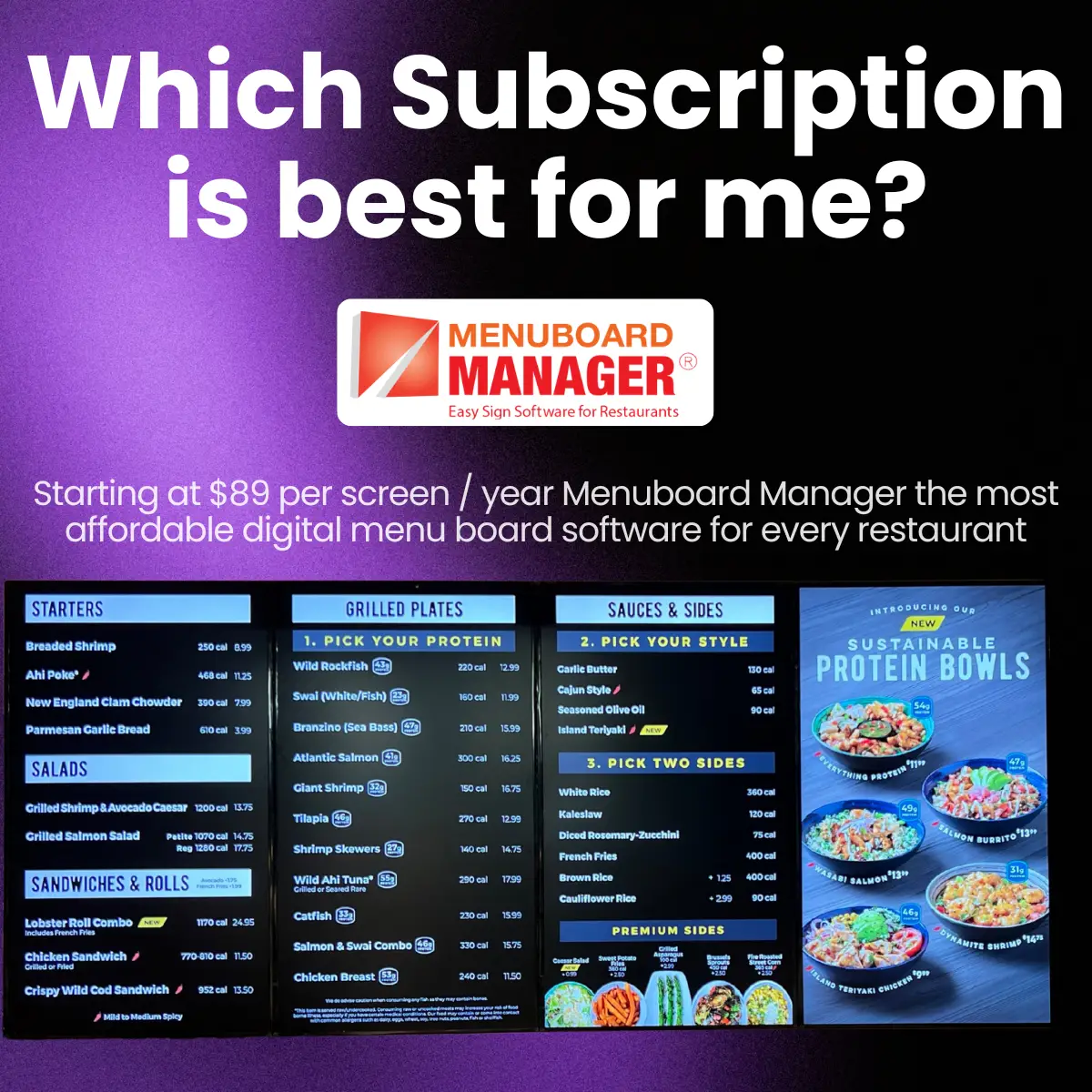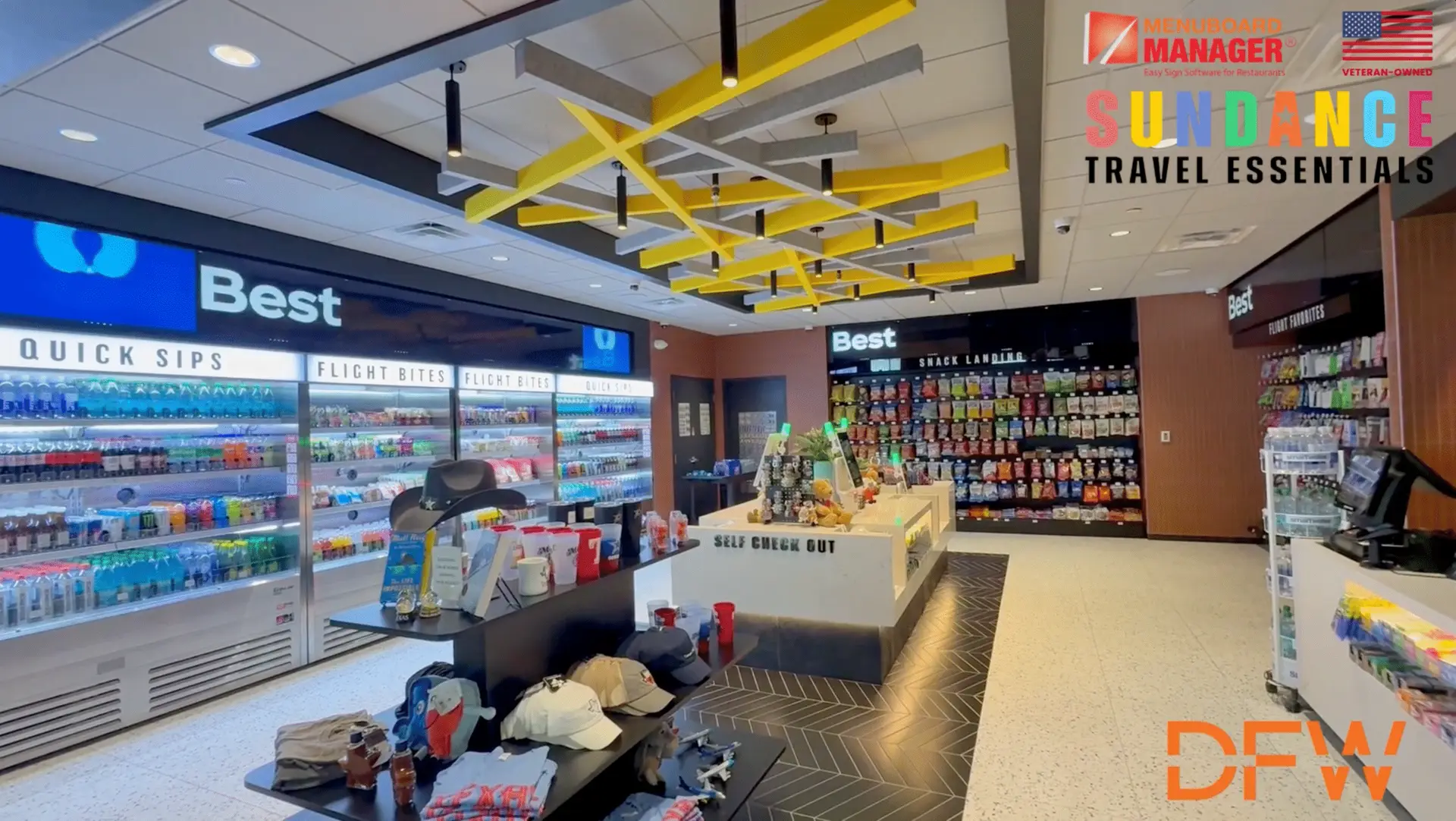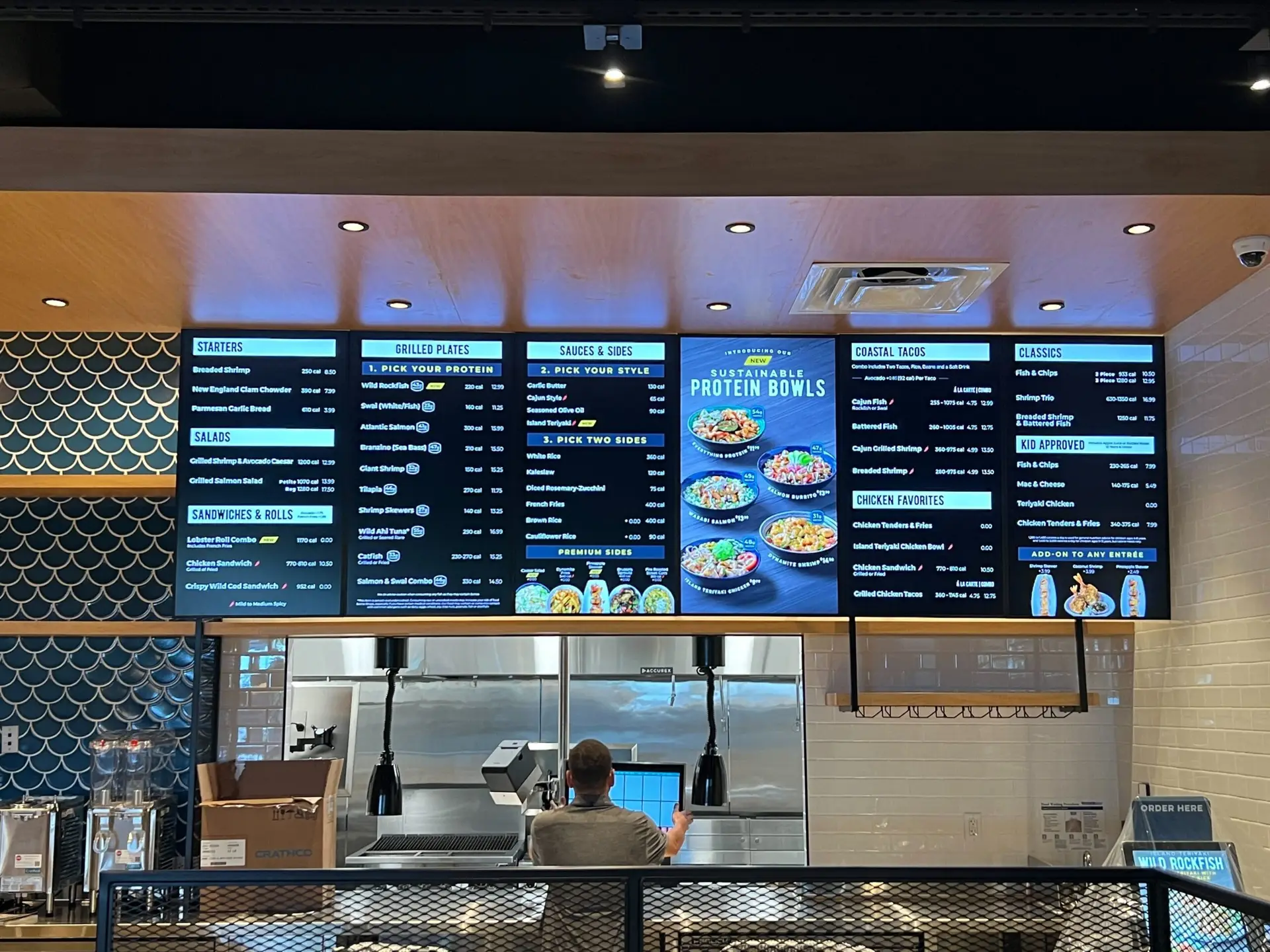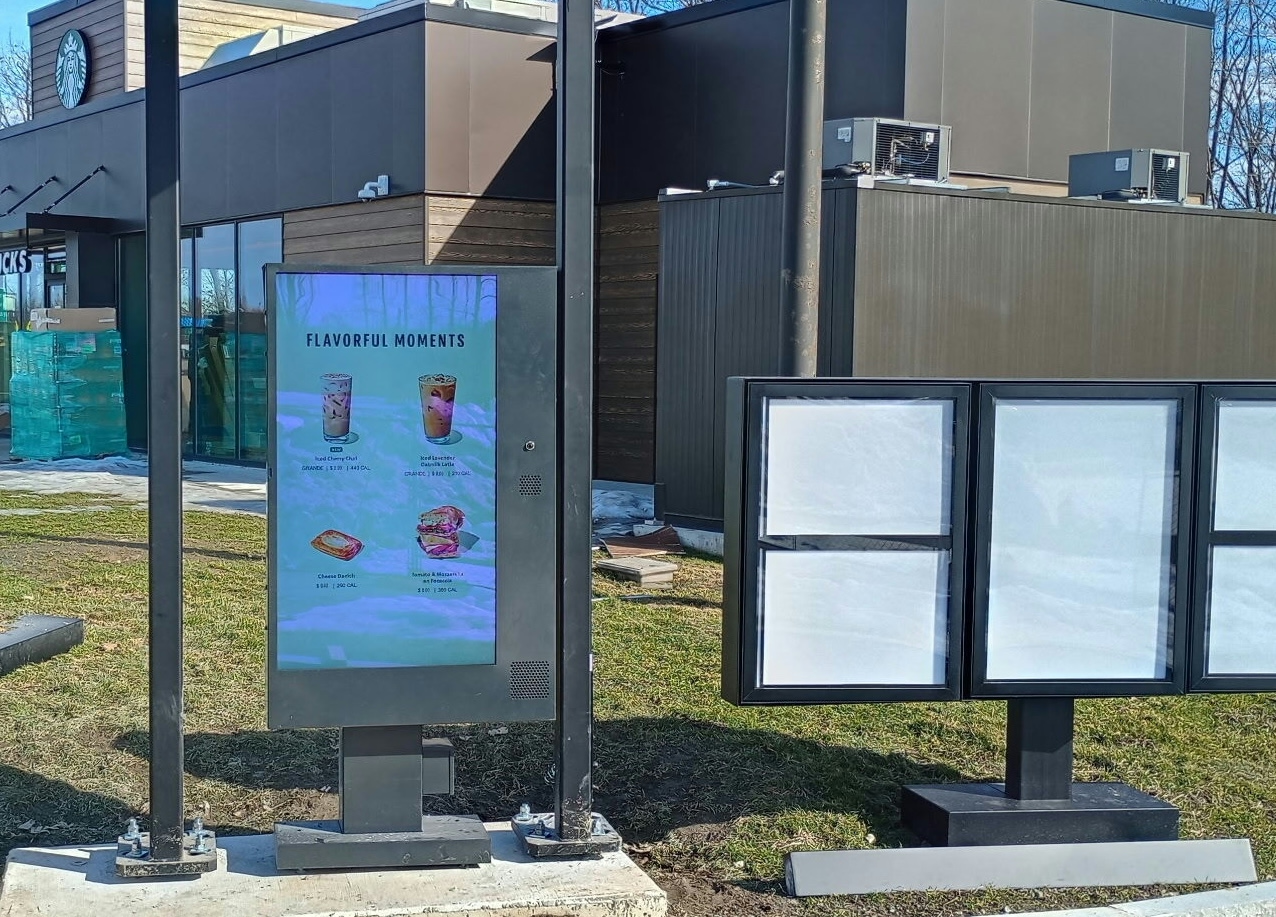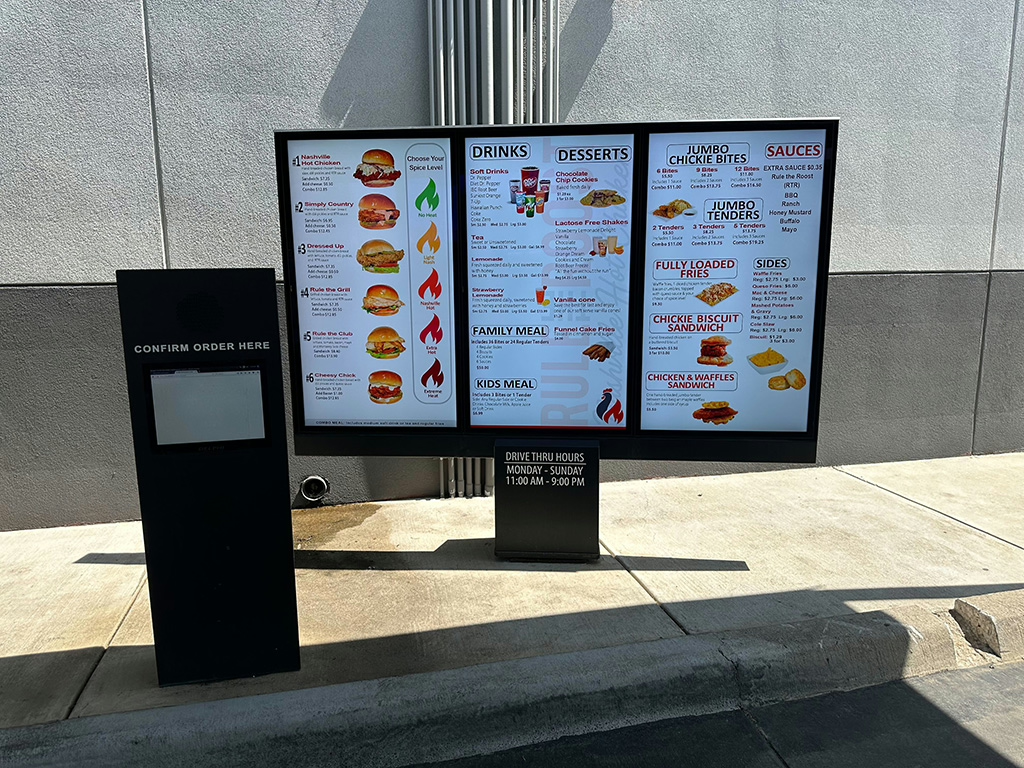Remaining ahead in the fast-moving food industry also implies adopting new technology. One such innovation is electronic menu boards. These digital boards display menu options in a modern and dynamic manner, making operations easier and enriching the customer experience.
Here are eight compelling reasons electronic menu boards are becoming a must-have for restaurants: to enhance efficiency, sustainability, and business growth.
Introduction
The trend is replacing traditional paper menus with electronic menu boards. This technological leap provides patrons with a modern dining experience and numerous benefits to establishment operators and their customers.
Electronic menu boards, in particular, offer flexible display options and the potential for improved data analytics in restaurant settings. This introduction will delve into what has been driving more eateries to the switch and the main benefits behind them.
Customizable Display Options
Electronic menu boards provide restaurant menu displays with unparalleled flexibility and display options that can be tailored to any restaurant’s individual needs. Whether updating daily specials, seasonal items, or prices, these digital boards allow one to make changes in real-time.
Operators can customize the visuals to match the branding and create an engaging, cohesive customer experience. This level of customization enhances visual appeal and makes quick adaptation to market trends and tastes relatively easy for a restaurant.
Enhanced Data Analytics
Another advantage of digital menu boards is that they incorporate enhanced data analytics. Such systems can track customer behavior, sales patterns, and menu performance in real-time to generate valuable insights for restaurant operators.
By analyzing this data, companies can identify best sellers, narrow effective menus, and make data-driven decisions to boost profitability. On the other hand, data analytics makes it easier to understand consumer preferences.
Faster Service
Electronic menu boards make ordering faster because they’re easier to order. Aquarium-style, highly readable displays allow customers to quickly decide what they want, reducing wait times and order errors.
These digital boards can also be linked to point-of-sale systems in a manner that enables them to update automatically and provide real-time communication between kitchen staff and those up front. Orders are managed more efficiently, and restaurateurs enjoy shorter lines, happier patrons, and greater productivity.
Sustainability Benefits
- Reduces Paper Waste: No printed menus will be required, saving a vast paper.
- Energy-Efficient Displays: New-generation electronic boards are less power-consuming, which adds to the reduced carbon footprint.
- Fewer Replacements: Digital menus do not wear out like their traditional paper counterpart. It reduces wastage and related costs.
- Supports Eco-Friendly Initiatives: This would promote green practices, which matter to the rising number of currently very environmentally sensitive customers.
- Reduces Printing Costs: Decreases the requirement of continuous reprinting due to menu changes or updates.
Versatile Content Display
Digital menu boards give maximum flexibility in the display, far beyond simple menu items. Images, videos, and animations can all draw customers’ eyes to unique dishes or promote certain items to enhance the dining experience.
These boards also support dynamic content, such as daily menu rotation or specific promotions targeted to customer segments. It enhances the visual appeal and creates options for communicating with customers creatively yet effectively.
Interactive Features
- Touchscreen Ordering: The customer can order right off the menu board, making it more suitable.
- Personalization Options: Customers can create customized meal options by choosing which ingredients they want to include and, inversely, which they do not want to include.
- Real-Time Feedback: Customer feedback through surveys or rating systems is provided immediately on a menu board.
- Nutrition Information: Provides details with interactivity on nutritional facts for health-conscious customers.
- Promotions and Discounts: Personalized offers and discounts, depending on the customer’s taste, or loyalty programs.
Multi-Language Support
Electronic menu boards support various languages, making them suitable for restaurants serving clients with native languages. With only a few taps, customers can switch to their preferred language, providing an inclusive and comfortable dining experience. This feature is most helpful in areas frequently visited by tourists or in very culturally diverse regions. This language option enables restaurants to increase customer satisfaction by improving communication, thereby increasing the scope of potential patrons to grow a restaurant business better.
Scalability and Integration
Electronic menu board solutions are scalable. Restaurants can quickly expand their operations without overhauling their current systems. Whether a single location or multiple branches, boards can integrate with other technologies, such as point-of-sale, inventory management, or loyalty programs.
It ensures fluidity and coherence across locations, thus making updates much more accessible. Changing menus and promotions or adjusting prices across many locations is much easier without losing operational efficiency.
Conclusion
Implementing electronic menu boards for restaurants will significantly impact their operation, customer experience, and sustainability initiatives. With benefits such as custom display options, improved analytics, and increased speed of service, it is little wonder that many restaurants are switching to this new technology. If your restaurant wants to transition, the best option for managing these menu boards is using Menuboard Manager. These complete solutions serve all your needs while ensuring a smooth transition and lifelong support to realize your digital menu board’s full potential.



